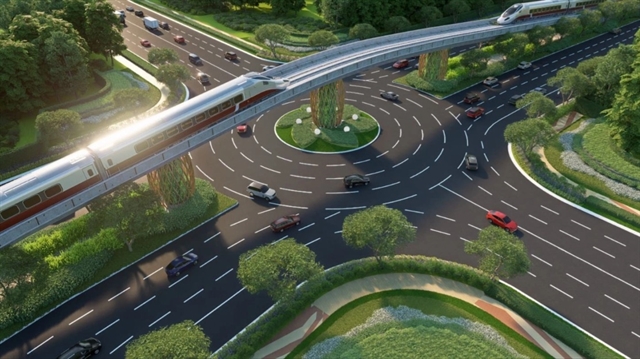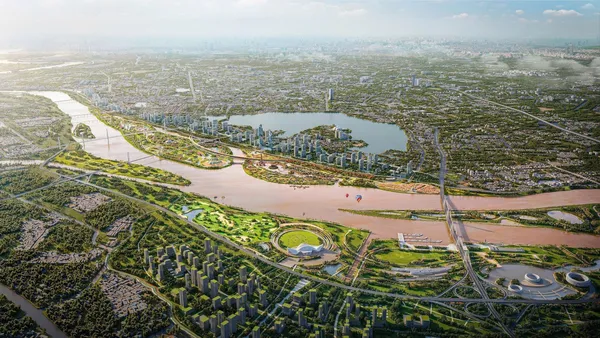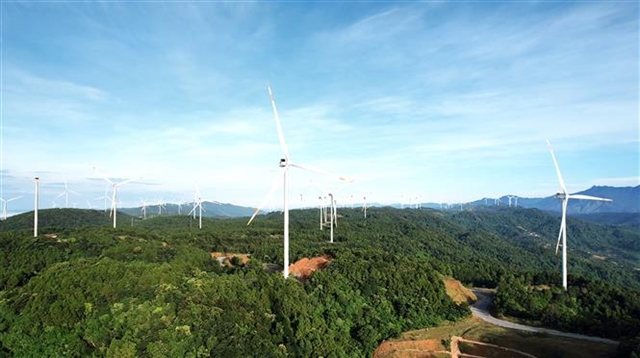 Society
Society
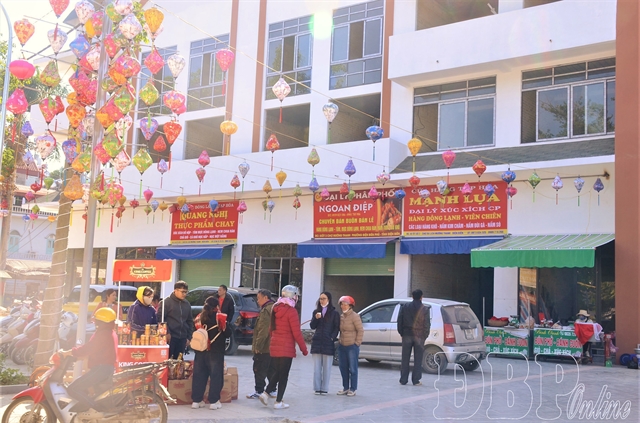
When it comes to the An Kim Hải drainage channel, Phạm Hữu has seen just about all there is to see. For more than 40 years he has witnessed first hand the water go from clean, to seriously polluted, and now restored back to the way it should be.
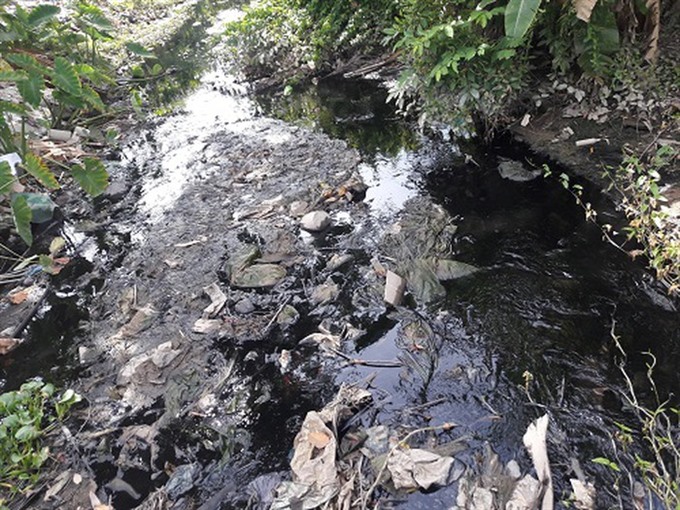 |
| The An Kim Hải channel used to be full of rubbish, causing pollution for those living nearby. — Photo danviet.vn |
By Hồng Minh
HẢI PHÒNG — When it comes to the An Kim Hải drainage channel, Phạm Hữu has seen just about all there is to see.
For more than 40 years he has witnessed first hand the water go from clean, to seriously polluted, and now restored back to the way it should be.
He called the change of the channel ‘a revolution’.
The 65-year-old resident in the northern port city of Hải Phòng’s Hải An District, lives and works at a convenience store in Đông Hải 2 Ward, just in front of the channel.
“Long ago, the channel was so clean we had fish swimming in it and people around here could use the water for everyday life,” he said.
“But then it became so polluted due to litter and sewage that it became a nightmare for everyone around.”
The water was not only black with a bad smell, but also full of floating waste including plastic bags, foam, animal carcasses and broken furniture, he recalled.
Hữu said many years ago, people did not want to live close to the water due to the large number of flies and mosquitoes while those who had to pass through the area tried to go very fast as they could because the odour was so bad.
But things have changed significantly after the city dredged the channel and built a box culvert road in front of Hữu’s house last year. The culvert lets the water run under the roadway to make transportation easier.
“The odour has improved and so too has the environment,” he said.
Hữu’s family donated more than 100 square metres of his banana garden for the construction of the culvert as he thought it would serve the common interest.
Trần Thị Hoàn, 55, also lives along the channel. The section in front of her house has not had culvert built but it has been dredged.
“My family used to stay inside the house with doors closed day and night due to the bad smell, flies and mosquitoes,” she said.
“But now the situation has been improved. We are so happy.
“We hope we can have the box culvert like the other sections on the channel to protect the environment and create a road,” she said.
Hữu and Hoàn are among some 800,000 people in Hải Phòng’s Hồng Bàng, Ngô Quyền, Lê Chân, Hải An, Thủy Nguyên and An Dương districts who are benefiting from the city’s project to improve sanitation.
The Drainage, Sewerage and Solid Waste Management project is implemented by official development assistance capital from the Japanese government under the management of the Japan International Co-operation Agency and the reciprocal capital from the city People’s Committee with the investment fund for Stage 1 reaching VNĐ5.8 trillion (US$260 million).
The improvement of An Kim Hải channel is in the big project’s package A2, which builds several drainage and box culvert routes for important channels in the city, with a total capital of more than VNĐ320 billion.
The project’s first stage is working on the polluted areas such as An Kim Hải and Ba Tổng channels, with constructions of culverts and roads above equipped with sidewalk and lighting.
Trại Chuối Lake will be dredged and rainwater pumping stations installed in Vĩnh Niệm, Trại Chuối and Thượng Lý. A solid waste treatment complex of 60.8ha has been constructed in Thủy Nguyên District’s Gia Minh Commune, applying Fukuoka technology of Japan.
The first domestic wastewater treatment collection system will be built to serve 240,000 people, including more than 12,000 metres of pipelines, four pumping stations and a wastewater treatment plant using active sludge biotechnology combining filtration and sterilisation with a capacity of 36,000 cubic metres a day.
According to Trần Huy Vĩnh, director of the project management unit, design consultants from famous companies in Japan worked with them.
He said the technology is very suitable with the economic and social conditions of Hải Phòng City.
“Wastewater treatment technology is active sludge biotechnology combining filtration and sterilisation, which is traditional but environmentally friendly, with average operating costs,” Vĩnh said.
“The Fukuoka technology has a small investment cost and although it is only equivalent to a regular sanitary landfill, there are many advantages because the landfill is always kept dry and airy so the smell is reduced and there are less insects reducing waste water treatment costs,” he added. — VNS
 |
| The box culvert built on An Kim Hải channel not only improves the environment and sanitation but also helps people to travel easier. -- VNA /VNS Photo |

